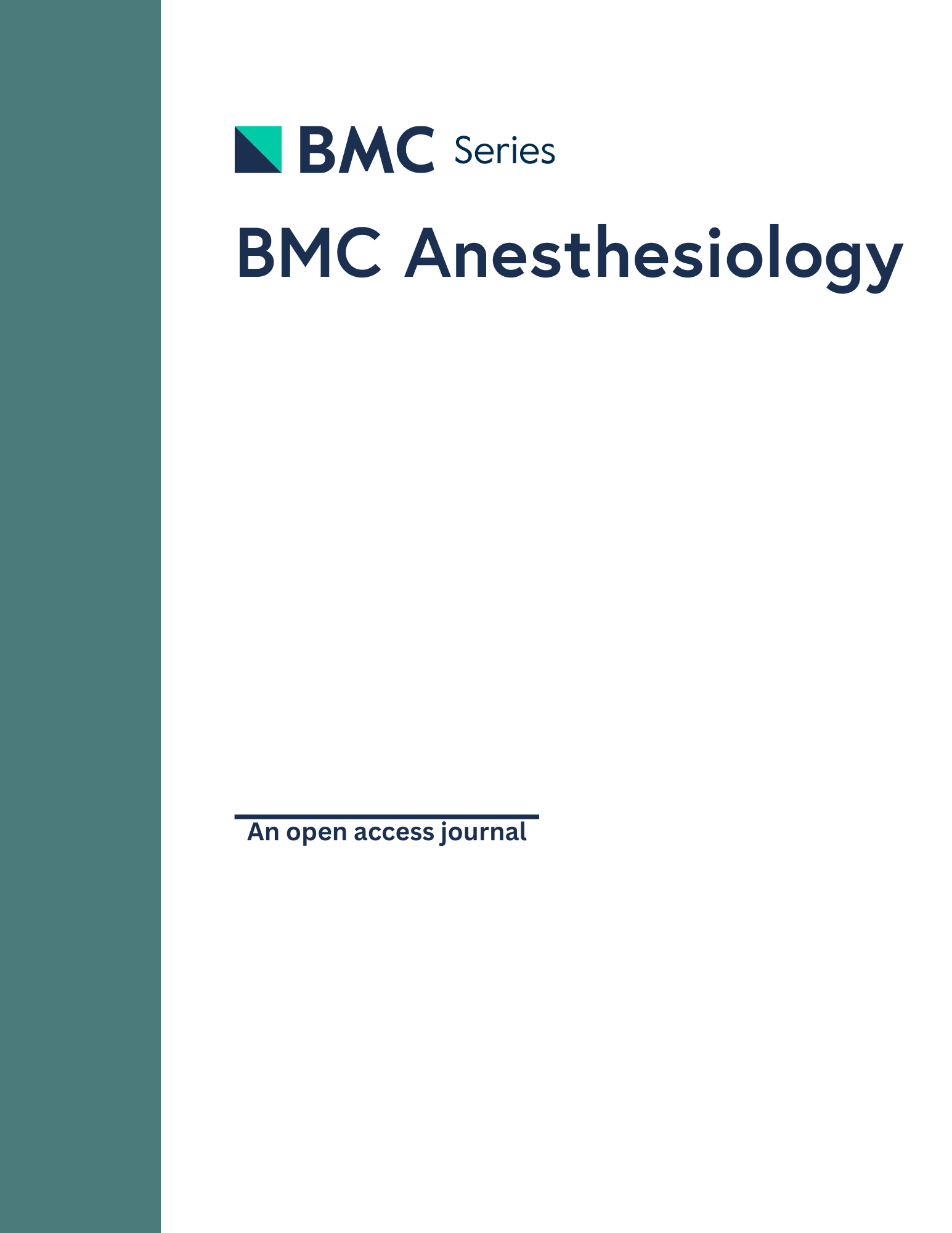
Addition of epinephrine to popliteal nerve block does not extend analgesia in ankle fusion

Addition of epinephrine to popliteal nerve block does not extend analgesia in ankle fusion
The effects of adding epinephrine to ropivacaine for popliteal nerve block on the duration of postoperative analgesia: a randomized controlled trial
BMC Anesthesiol. 2015 Jul 10;15:100Synopsis
38 patients patients scheduled for ankle fusion and/or subtalar fusion under continuous popliteal sciatic nerve block were randomized to receive 30 mL ropivacaine (0.75%) with or without the addition of epinephrine (5 ug/mL). The purpose of the study was to determine how the duration of postoperative analgesia was affected by the addition of epinephrine, as measured by the time elapsed from poplitear catheter placement until the time of first request for postoperative analgesia via patient controlled analgesia. Results indicated that the duration of postoperative analgesia was not significantly increased with the addition of epinephrine to ropivacaine for continuous popliteal nerve block.
Was the allocation sequence adequately generated?
Was allocation adequately concealed?
Blinding Treatment Providers: Was knowledge of the allocated interventions adequately prevented?
Blinding Outcome Assessors: Was knowledge of the allocated interventions adequately prevented?
Blinding Patients: Was knowledge of the allocated interventions adequately prevented?
Was loss to follow-up (missing outcome data) infrequent?
Are reports of the study free of suggestion of selective outcome reporting?
Were outcomes objective, patient-important and assessed in a manner to limit bias (ie. duplicate assessors, Independent assessors)?
Was the sample size sufficiently large to assure a balance of prognosis and sufficiently large number of outcome events?
Was investigator expertise/experience with both treatment and control techniques likely the same (ie.were criteria for surgeon participation/expertise provided)?
Yes = 1
Uncertain = 0.5
Not Relevant = 0
No = 0
The Reporting Criteria Assessment evaluates the transparency with which authors report the methodological and trial characteristics of the trial within the publication. The assessment is divided into five categories which are presented below.
3/4
Randomization
4/4
Outcome Measurements
4/4
Inclusion / Exclusion
4/4
Therapy Description
4/4
Statistics
Detsky AS, Naylor CD, O'Rourke K, McGeer AJ, L'Abbé KA. J Clin Epidemiol. 1992;45:255-65
The Fragility Index is a tool that aids in the interpretation of significant findings, providing a measure of strength for a result. The Fragility Index represents the number of consecutive events that need to be added to a dichotomous outcome to make the finding no longer significant. A small number represents a weaker finding and a large number represents a stronger finding.
Why was this study needed now?
Peripheral nerve block is often used for analgesia in ankle surgery. While the choice of local anaesthetic agent used in popliteal nerve blocks impacts efficacy, it has been suggested that so too does the addition of epinephrine. The theory behind the addition of epinephrine to local anaesthetic is to reduce local plasma concentration via vasoconstriction and slow absorption, thereby increasing the duration of analgesia. The current literature was limited in relation to this treatment, and thus the present study was conducted.
What was the principal research question?
In ankle and subtalar fusion under popliteal nerve block, how does time to first request for postoperative anaglesia compare between blocks performed with 30 mL ropivacaine (0.75%), with and without the addition of epinephrine?
What were the important findings?
- Median [interquartile range] TTFR for postoperative analgesia was 463 [300-1197] min in the ROPI group and 830 [397-1128] min in the ROPI-EPI group; the difference between groups in TTFR was not statistically significant (p=0.56).
- There was no significant difference noted between groups in terms of NRS rest at 24 h (p=0.70), NRS movement at 24 h (p=0.47), NRS max during 24 h (p=0.17), or NRS satisfaction with the block (p=0.08).
- In the ROPI group, 4 patients received complete block in tibial sensory, 10 in tibial motor, 12 in peroneal sensory, and 11 in peroneal motor. In the ROPI-EPI group, 9 patients received complete block in tibial sensory, 9 in tibial motor, 11 in peroneal sensory, and 10 in peroneal motor.
- No patients displayed signs of local anesthetic toxicity or inadvertent intravascular injection of epinephrine.
What should I remember most?
Duration of postoperative analgesia, as measured by the time to first request for postoperative analgesia, was not significantly increased via the addition of epinephrine to ropivacaine for popliteal nerve block in ankle and/or subtalar fusion. Additionally, no significant differences were noted in any clinical outcome between the group receiving epinephrine and the group that did not.
How will this affect the care of my patients?
The results of this study indicate that the addition of epinephrine to ropivacaine treatment in popliteal nerve block may not significantly increase the duration of postoperative analgesia. Further high quality evidence, including larger sample sizes, is required before firm decisions regarding the use of epinephrine in this treatment are made in the clinical field.
Learn about our AI Driven
High Impact Search Feature
Our AI driven High Impact metric calculates the impact an article will have by considering both the publishing journal and the content of the article itself. Built using the latest advances in natural language processing, OE High Impact predicts an article’s future number of citations better than impact factor alone.
Continue



 LOGIN
LOGIN

Join the Conversation
Please Login or Join to leave comments.